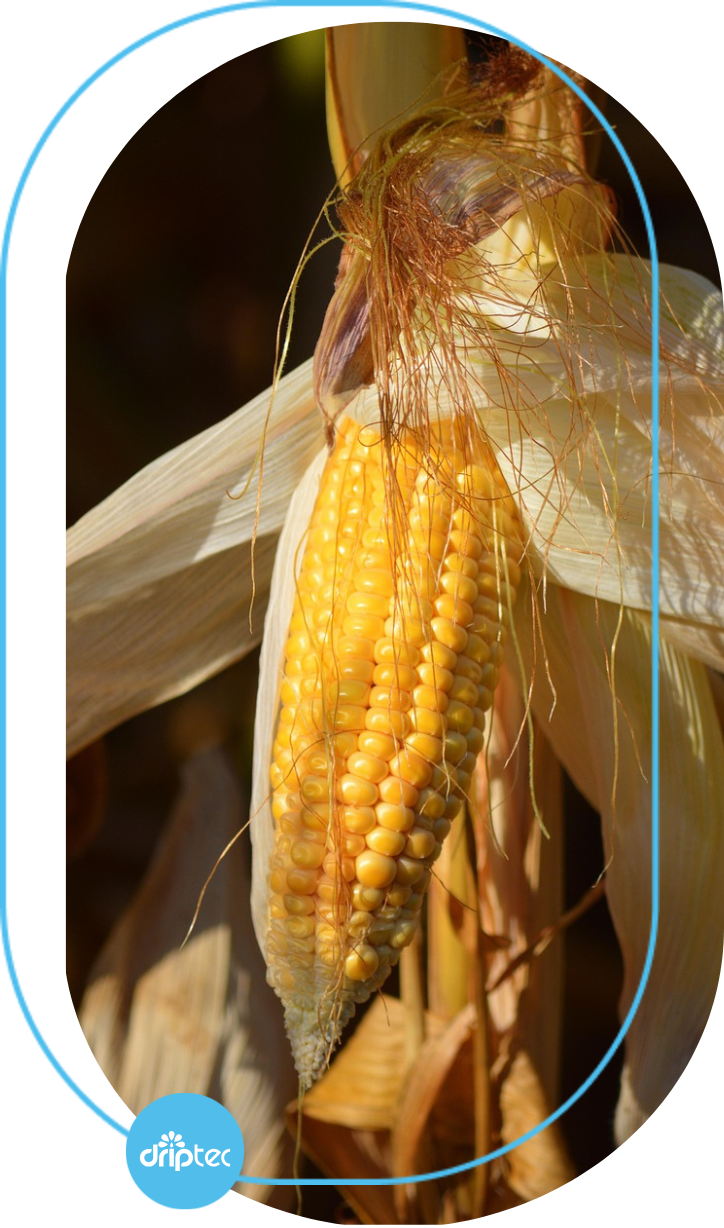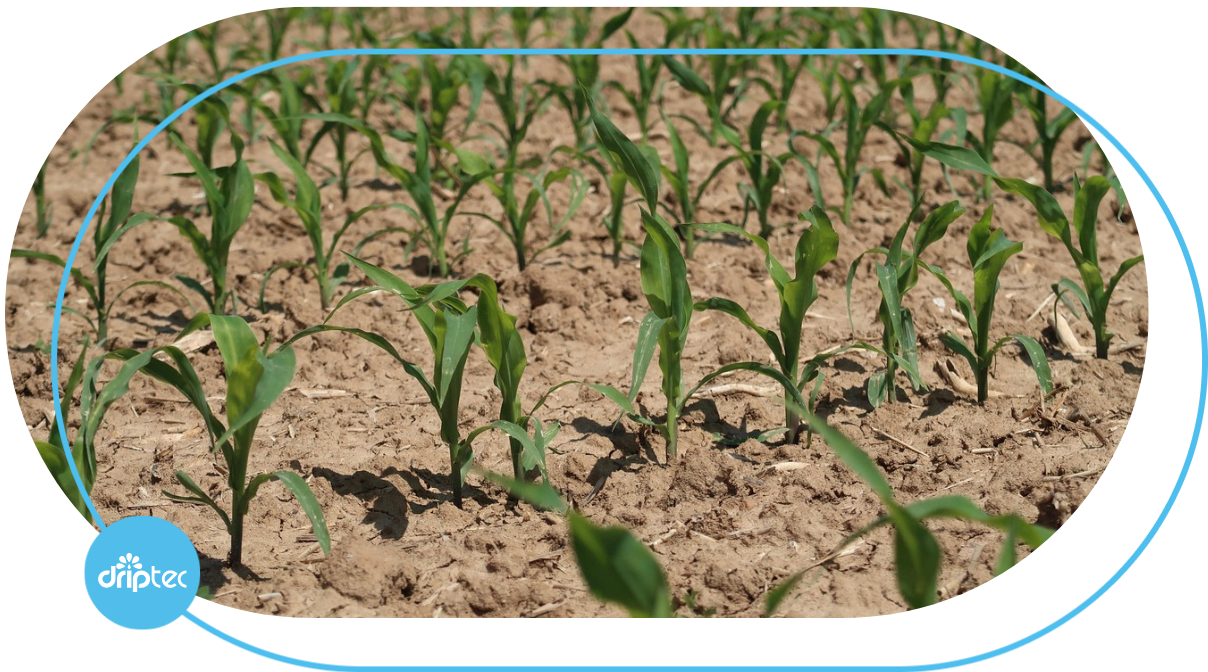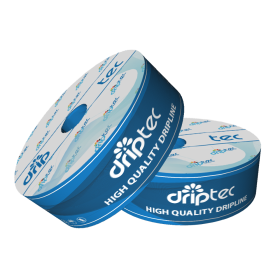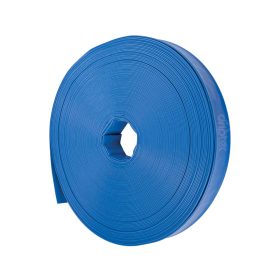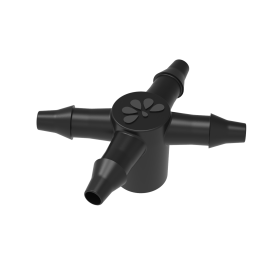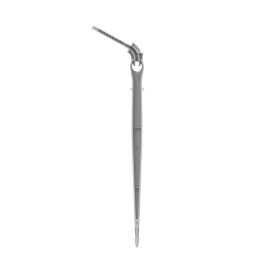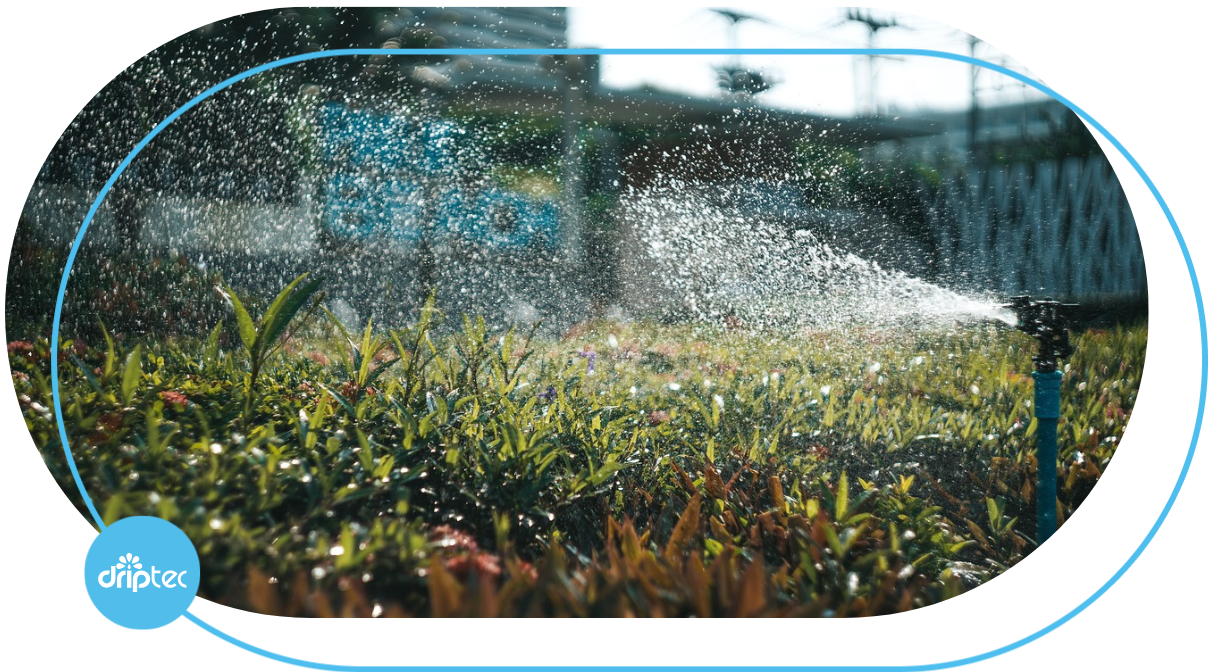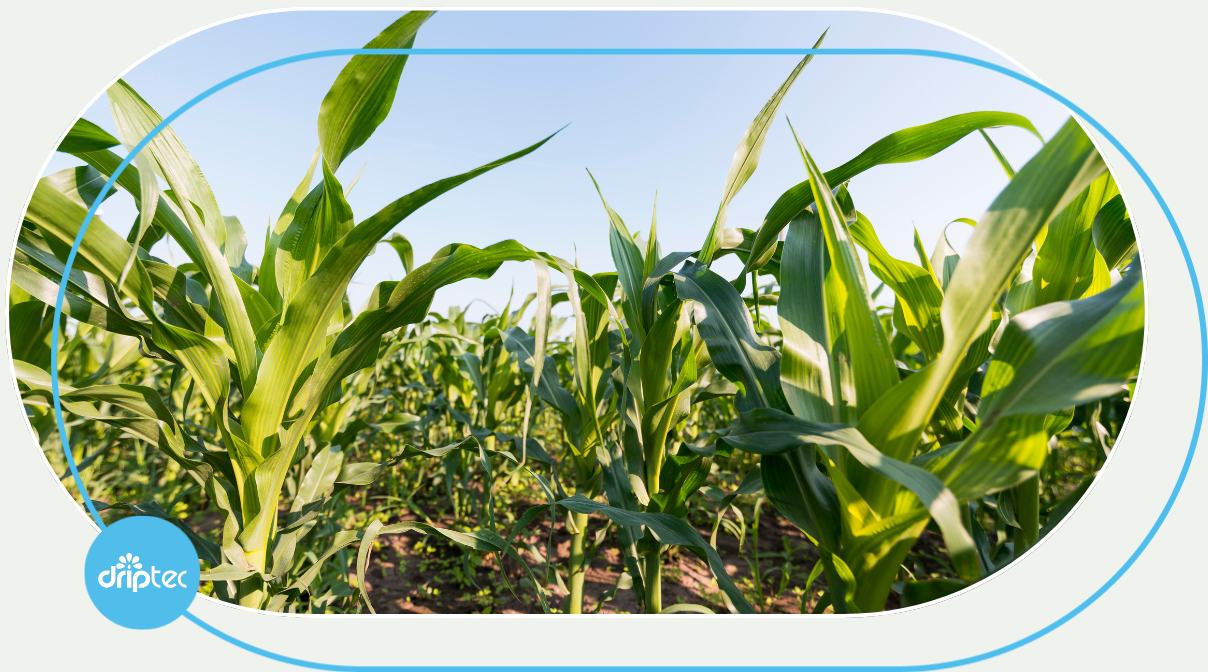
Automatic corn irrigation. The amount of irrigation water, or lack of irrigation, directly affects the yield of corn. With biomass corn (corn for animal feed), when watered fully and accurately, it can yield 70-100 tons/ha. Meanwhile, one hectare of corn cultivated traditionally can yield 25-40 tons/ha.
In addition, with the care of fertilizers, pesticides, and nutrients, the amount of fertilizer used and the labor for spreading and spraying pesticides is significantly reduced.
Due to increased productivity, increased quality, reduced care and management costs, and shortened harvest time… corn growers can increase their income many times over.

